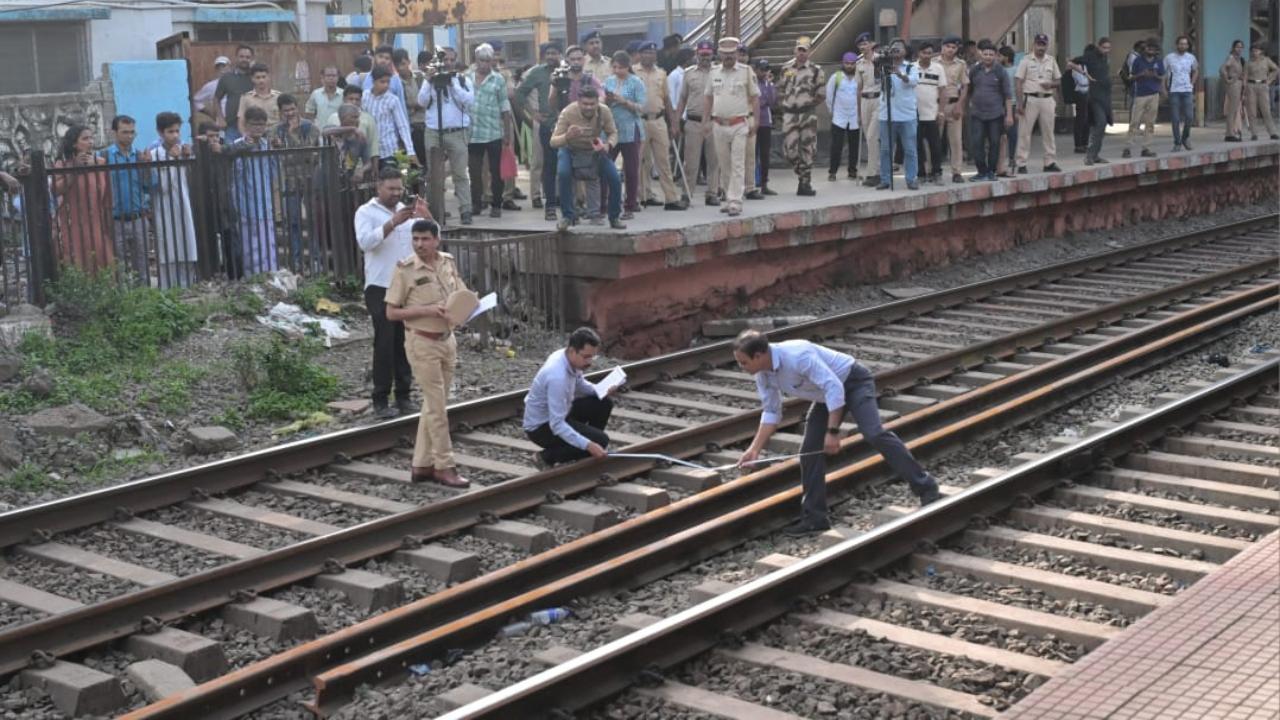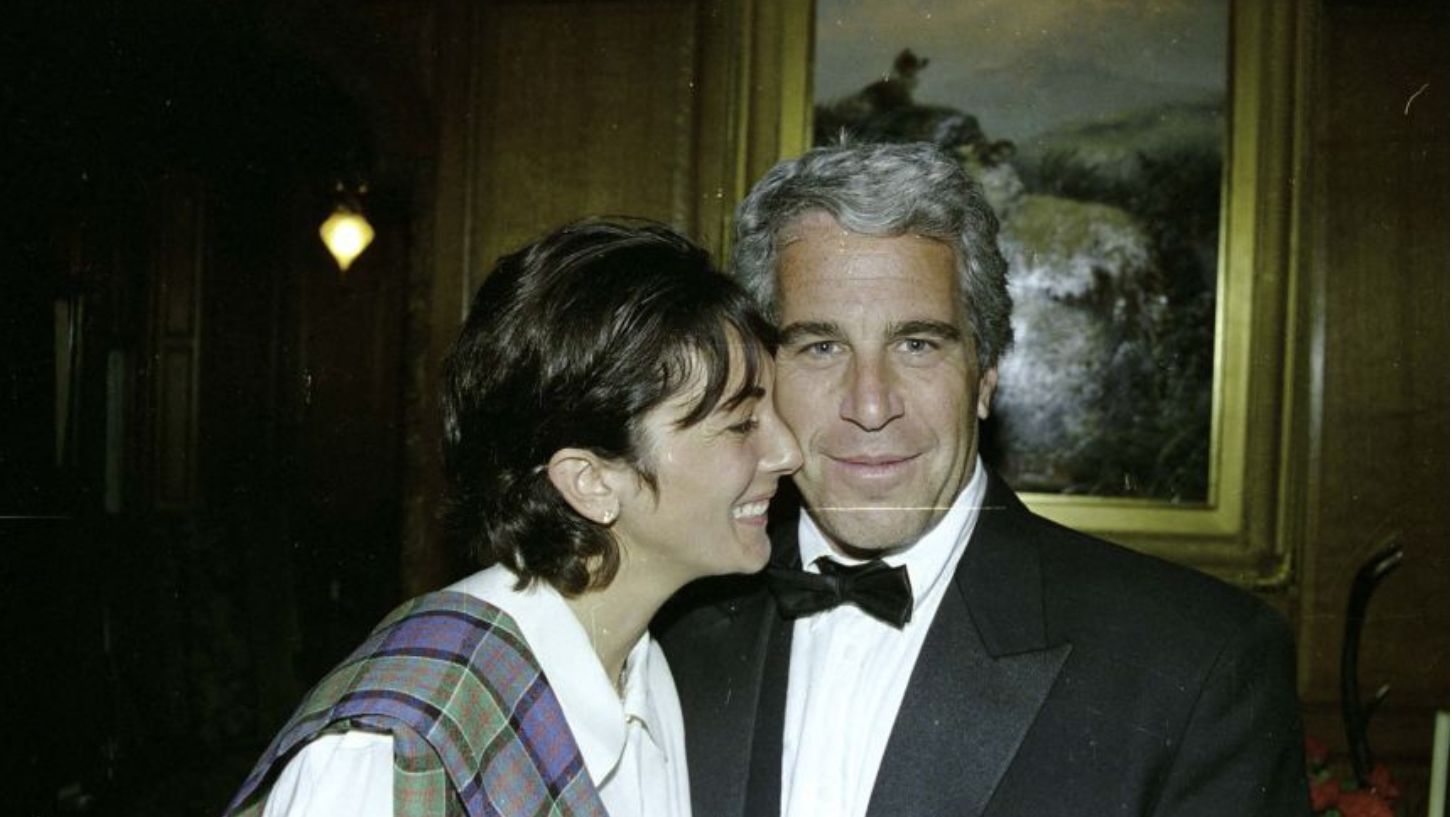On 9 June 2025, an overcrowding-induced accident on the local train between Diva and Mumbra stations claimed at least four lives and injured several others. Passengers standing dangerously on footboards collided while two trains passed each other, causing commuters to fall off—tragic echoes of earlier disasters in Mumbai’s suburban network.
What Happened on 9 June 2025?
- The incident occurred during morning rush hour, around 9:00 AM GST.
- Overcrowding forced many commuters to stand on the footboards. On a tight curve, two trains passed in opposite directions, bringing them uncomfortably close. The sudden jolt caused 8–10 passengers to fall, with at least four deaths and multiple injuries reported.
- Central Railway confirmed it was a collision of footboard passengers on adjacent tracks.
- In response, Indian Railways announced plans to retrofit all local train rakes with automatic door closers and designs to avoid open doors.
Why It Renews Painful Memories of 1993
This calamity dredges up harrowing memories of the 1993 Kandivali–Borivali Ladies’ Special incident, which left 49 women dead. Overcrowding, panic fueled by a false fire alarm, sudden deceleration, and heavy rain led to mass jumps. Tragically, many were run over by adjacent fast trains, leaving Mumbai shaken. This horror marked a watershed moment in suburban railway safety.
Official and Public Response
Following the June 2025 accident:
1. Activist warnings: Resident Ananda Maruti Patil had written to Central Railways in February, highlighting the dangerous tilt on the Kalwa–Mumbra–Diva stretch due to overcrowding. He warned clearly that door-standing passengers on curves were at high risk.
2. Railways’ stance: The Railway Ministry acknowledged the curves are standard, with cant provided on tracks per norms, but paused on any real safety interventions.
3. Calls for originating trains: Patil urged that trains should originate from the Diva station to ease overcrowding. Commuters from Mumbra and Kalwa have long demanded this to avoid dangerous boarding situations.
4. Infrastructure solutions elsewhere: In March 2024, overcrowding between Sion and Kurla led to track slewing to increase the distance between parallel trains; however, no such intervention has yet been made for the Diva–Mumbra curve.
Why Overcrowding Remains a Threat
Commuter demand-supply imbalance: Fast suburbs and limited frequency during peak hours force many to board on footboards—on tight curves, this is a recipe for catastrophes.
Curve proximity risk: Canting causes trains to tilt inward, narrowing clearance, making door-standers vulnerable when trains pass.
Delays in action: Despite warnings, infrastructure changes, like adding origin points or redesigning the track, get delayed.
What Needs to Change: Safety Recommendations
Run trains from Diva/Kalwa: Starting trains from upstream stations would reduce crowding further along the route.
Track realignment on curves: As done at Sion–Kurla, slewing action could reduce collision risk.
Enforce footboard ban: Deploy mobile RPF teams to prevent footboard boarding, especially during peak hours.
Fit automatic doors: Ensure all suburban rakes have auto-closing, high-security doors.
Raise public awareness: Inform commuters through safety campaigns and broadcasts about the danger of door-standing, especially on curves.
Conclusion: Learning from History
The June 2025 Diva–Mumbra train accident is yet another tragic reflection of the systemic issues facing Mumbai’s lifeline: unchecked overcrowding, dangerous footboard riding, and delayed infrastructure action. The horrific 1993 Ladies’ Special fire alarm panic was not an isolated anomaly—it was a warning.
Railways must make immediate structural safety improvements: route changes, realignments, tech-enabled rakes, and strict enforcement. Otherwise, this generation will live in fear of another preventable disaster.
As Mumbai mourns these latest lives lost, solidarity and resolve must fuel swift policy change. We owe it to commuters—past, present, and future.



